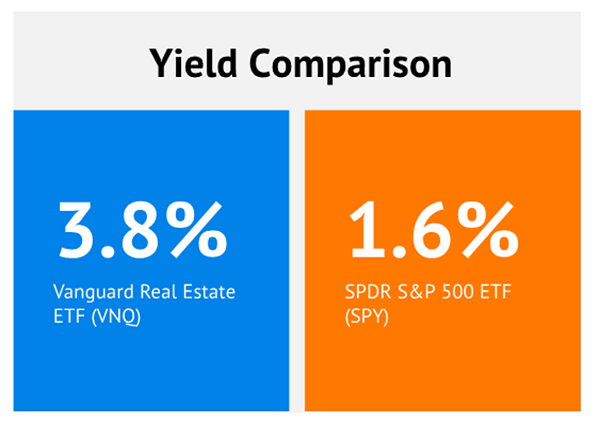An 11%+ Dividend Plan Your Adviser Won’t Tell You About
Michael Foster, Investment StrategistUpdated: November 21, 2022
Despite all the doom and gloom out there, there has never been a better time to retire.
I know that sounds absurd, but it’s true, especially if you plan to retire on dividends alone. With the 2022 crash crushing stock prices—and driving up dividend yields—it’s prime time to grab some outsized payouts for cheap!
But the blue chips that everyone buys are not the answer. Because even with the selloff, the average S&P 500 stock’s yield has risen to … 1.6%.
No way that’ll cut it, and Treasuries won’t cut it, either. Buying the 10-year at the current 3.8% yield only gets you $19K a year in dividends on your $500K—poverty-level income.… Read more

